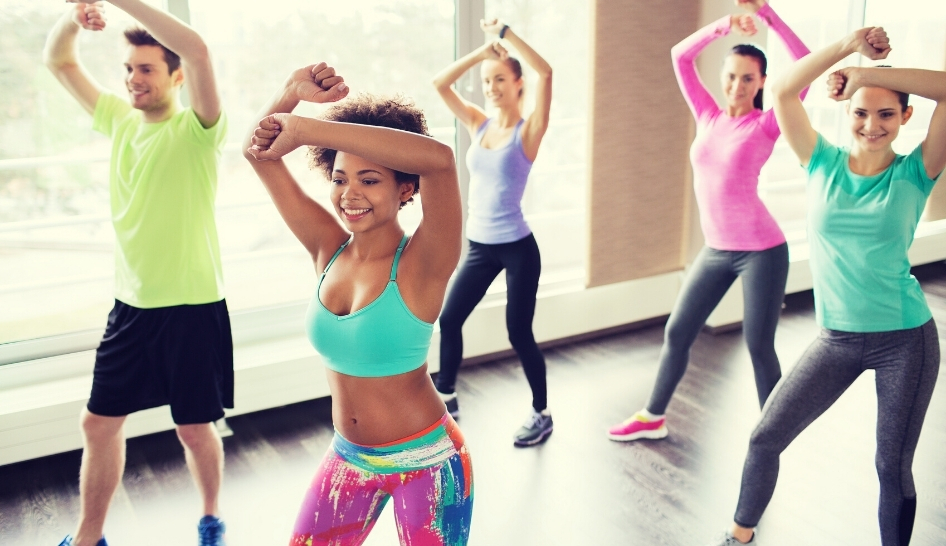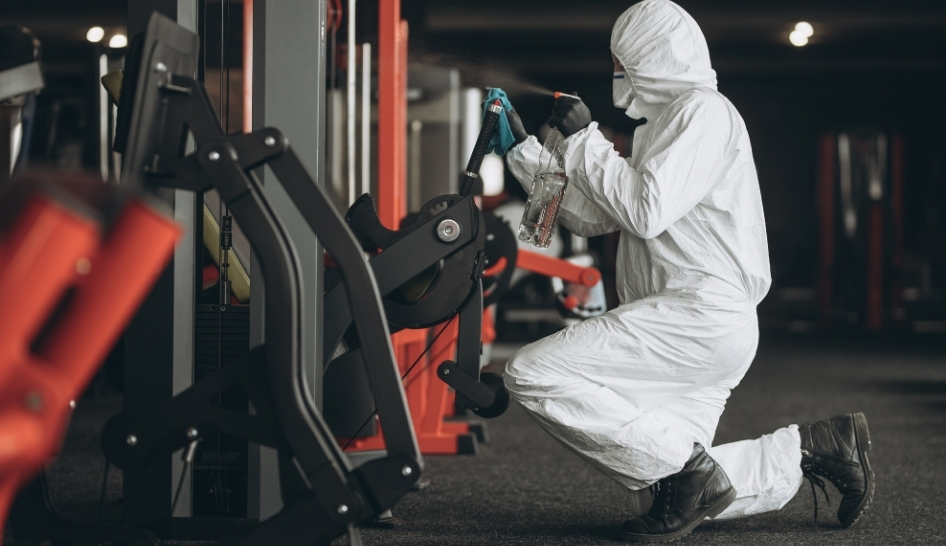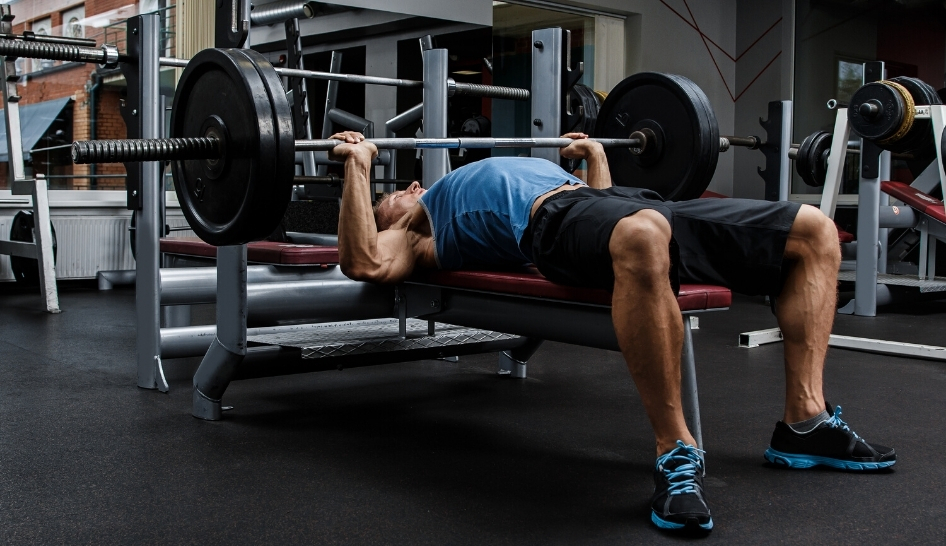COVID-19 is a novel disease. Basically, that means before emerging in the latter months of 2019, no one had ever identified it. Because COVID-19 is so new, what we know about how it spreads, its long-term effects, and how to treat and prevent it are continuously evolving.
Quality research into how—and where—COVID-19 transmission primarily occurs is still slowly emerging.
Insufficient Data Should Not Drive Health and Economic Policy Changes
In mid-May, the journal Emerging Infectious Diseases published an early release of an article examining the transmission of COVID-19 cases through a dance fitness instructor seminar and subsequently in fitness facilities across South Korea. The study, “Cluster of Coronavirus Disease Associated with Fitness Dance Classes, South Korea” has been widely reported in the media, and has caused some policymakers to delay or suspend the reopening of fitness facilities.
Even though the social and environmental factors that existed when the transmission outlined in this study occurred are highly unlikely to be recreated in reopened health clubs, news articles—and policymakers—continue to cite this article.
The guidelines and regulations in place by health authorities for fitness centers and the general public, as well as numerous examples of club reopening plans emphasizing social distancing and cleaning procedures, demonstrates the unlikeliness of these factors.
This study does provide some useful information on the transmission of COVID-19 in group exercise classes, and certainly contributes to our understanding of how COVID-19 spreads, but it does not provide sufficient evidence on which to largely base health and economic policies.



